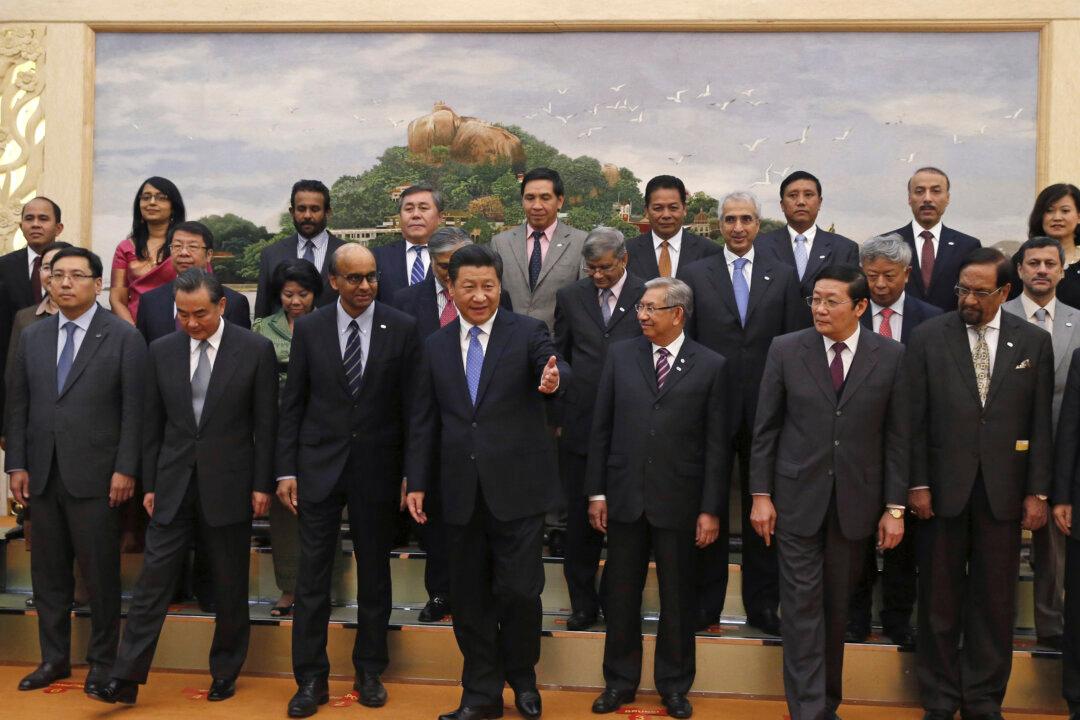At the end of the day, the issues surrounding the Asian Infrastructure Investment Bank (AIIB) are about politics, not economics.
So let’s first get the economics straight. The AIIB is an organization founded by China and India in 2014, which has $50 billion to $100 billion to lend out, hence the name bank. The bank will loan out that money to government and private sector projects in Asia, mostly for infrastructure, hence the name infrastructure and investment.
Comparable international organizations include the World Bank and the International Monetary Fund, as well as the Asian Development Bank (ADB), which have been doing these things for decades, sometimes more and sometimes less successfully.
In fact, Europe and Australia can control the activities of the bank from inside and not from outside, an option the United States still has as well.





